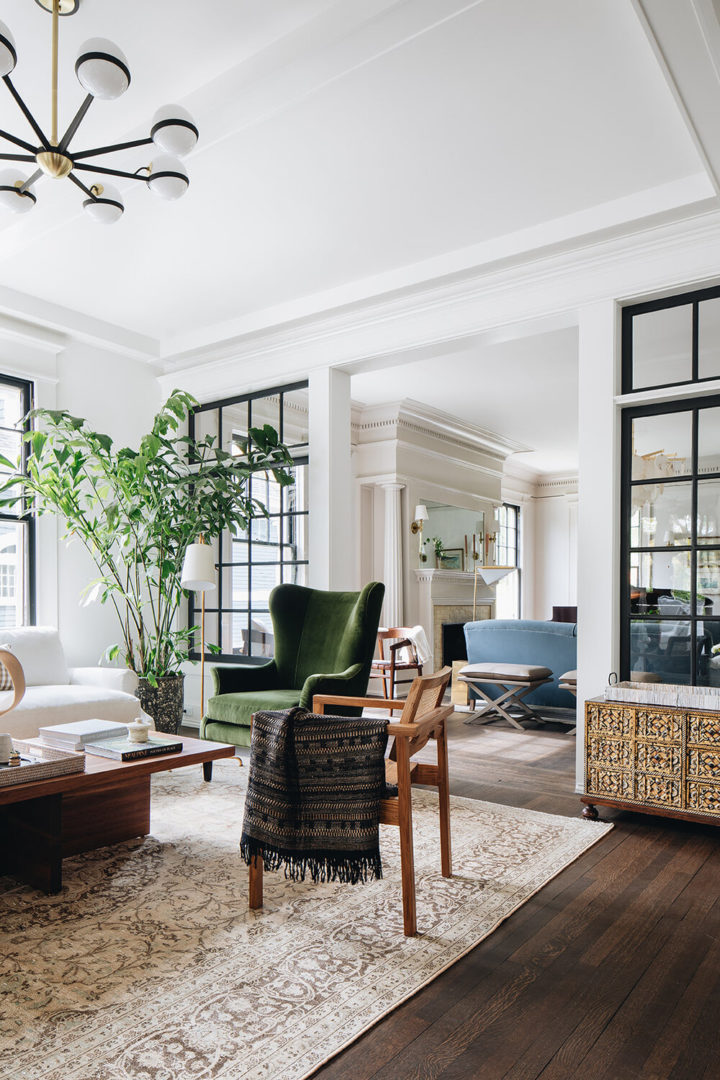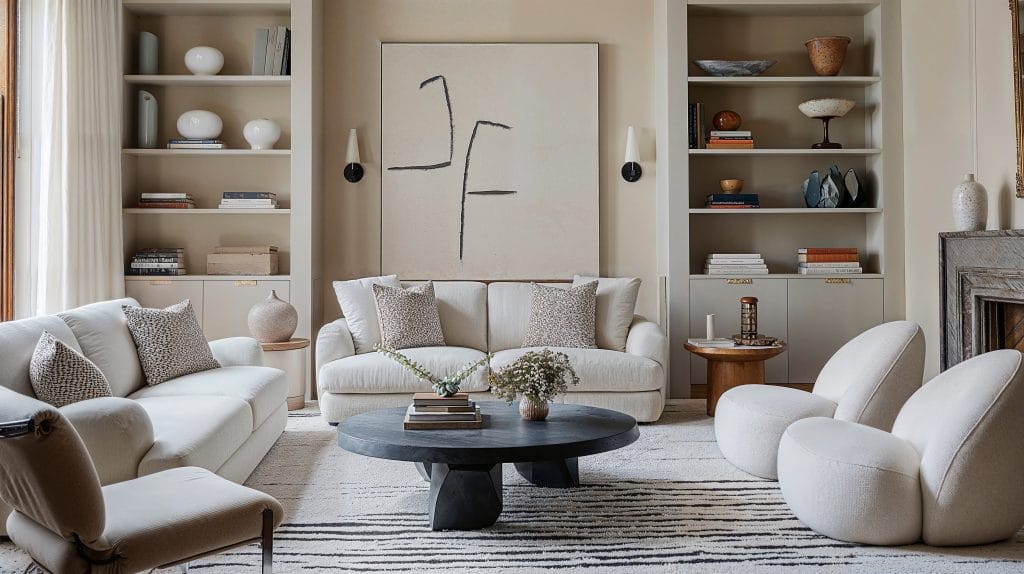Transform Your Home With Vital Concepts of Interior Decoration and Appearances
The art of transforming your home with the necessary concepts of indoor layout and appearance calls for a thoughtful method that balances shade, balance, and spatial understanding. By comprehending the impact of color theory and the significance of texture and patterns, one can create rooms that are not just aesthetically appealing yet additionally deeply individual. Accomplishing this balance includes more than simple decoration; it encompasses a strategic setup and an eager understanding of exactly how each aspect engages within an area. As we explore these foundational principles, take into consideration just how they could redefine your understanding of home and personal expression.
Comprehending Color Concept
Understanding the concepts of color theory allows developers to develop spaces that resonate psychologically with residents while meeting useful requirements. Each classification plays a crucial duty in developing consistency within an area.
The mental effect of colors is profound; warm colors such as reds and oranges stimulate power and heat, while amazing tones like blues and greens promote calmness and harmony. The usage of corresponding shades boosts visual rate of interest, producing striking contrasts that can raise an area's allure.
Neutral shades, on the various other hand, work as a versatile backdrop, allowing other design elements to shine. It is vital to think about aspects such as lights and the area's objective when choosing a color scheme, as these can modify the assumption of shades throughout the day.
Eventually, a well-considered color design can transform an area, promoting a sense of comfort and design that straightens with the citizens' choices. Proficiency of shade theory is, for that reason, an important skill for any indoor developer intending to produce harmonious and welcoming atmospheres.
Attaining Equilibrium in Style
Just how can developers achieve a feeling of balance in their rooms? Accomplishing balance in style is fundamental to developing harmonious insides.
Asymmetrical equilibrium, on the other hand, depends on differing elements that still accomplish a cohesive look. This approach permits more vibrant and informal arrangements, giving rate of interest while preserving stability. By thoroughly selecting differing sizes, shades, and appearances, designers can create a visually compelling space that feels balanced yet energised.
Radial equilibrium emphasizes a main prime focus with elements emitting exterior. This style is frequently seen in round layouts, where furnishings and decor create a cohesive border that attracts the eye internal.
Ultimately, accomplishing equilibrium requires thoughtful consideration of scale, proportion, and the connections in between elements. miami luxury interior design. By masterfully using these equilibrium concepts, developers can change spaces right into settings that really feel both cosmetically pleasing and functionally unified, boosting the total experience for residents
Importance of Spatial Awareness

A keen sense of spatial understanding permits developers to recognize focal factors within an area, guiding the audience's interest to crucial functions while preserving a general feeling of unity. It likewise helps in the strategic placement of lighting, which can significantly influence the perception of space and mood. Understanding spatial partnerships enables the designer to provide to the certain requirements of inhabitants, making certain that each location offers its intended objective without jeopardizing aesthetic appeals.
Ultimately, spatial awareness is crucial for taking full advantage of the potential of any kind of indoor space. By meticulously thinking about the interplay in between measurements, layout, and feature, designers can develop atmospheres that not only fulfill practical needs but additionally evoke useful reference a feeling of comfort and elegance, improving the total living experience.
Including Texture and Patterns
Accepting a diverse variety of textures and patterns can significantly boost the visual and tactile appeal of an indoor room. The strategic use of numerous products-- such as timber, steel, material, and rock-- develops depth and interest, making a space feel extra inviting and dynamic. Incorporating smooth surfaces with rough appearances can establish a balance that attracts the eye and involves the senses.
When incorporating patterns, take into consideration both scale and repeating. Huge patterns can serve as prime focus, while smaller sized, refined designs can enhance other elements without overwhelming the room. Layering patterns, such as pairing flower cushions with striped throws, includes intricacy and a sense of harmony if performed attentively.
It is additionally crucial to keep a natural shade combination, making sure that structures and patterns interact instead of compete for attention. By picking a couple of crucial structures and patterns, you can produce a merged aesthetic that reflects your individual style while enhancing the overall setting of the room. Inevitably, the mindful unification of these aspects can change a mundane area into an innovative environment abundant with character and warmth.
Individualizing Your Room
Producing a space that mirrors your character is important to achieving a really welcoming atmosphere. Personalization in indoor style permits you to instill your special style and passions into your home, changing it from a simple sanctuary into a sanctuary that talks with who you are. Begin by selecting a shade palette that reverberates with your emotions-- strong shades can energize, while soft tones use tranquility.
Include artwork and decoration that reflect your enthusiasms, whether it be travel, nature, or abstract ideas. Displaying individual collections, such as publications, photos, or keepsakes, can evoke treasured memories and create prime focus within a room. Furthermore, take into consideration personalizing useful pieces, like upholstered furnishings, to align with your aesthetic choices.

Final Thought
Finally, the makeover of a home via the vital concepts of indoor design and appearance necessitates an extensive understanding of shade concept, balance, spatial understanding, structure, and customization. Each component adds significantly to creating a harmonious and useful living setting - miami interior design. By attentively integrating these principles, individuals can enhance the visual charm and emotional resonance of their areas, eventually promoting a home that mirrors one-of-a-kind identifications while giving comfort and practicality